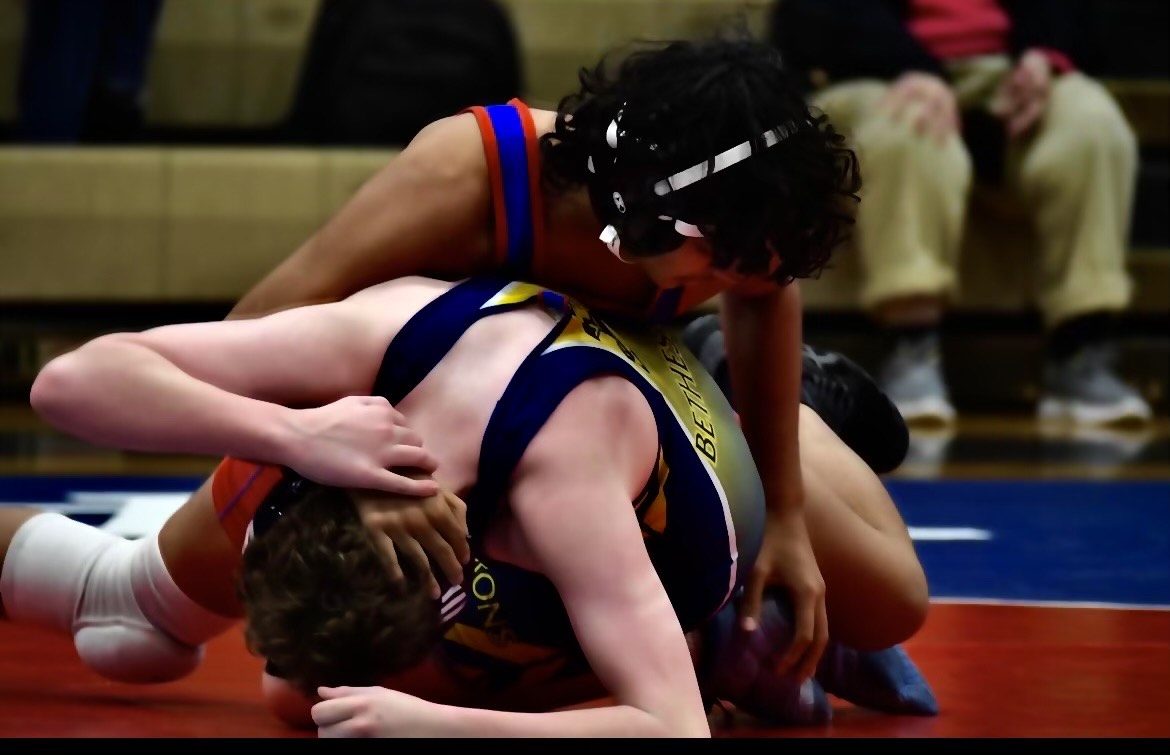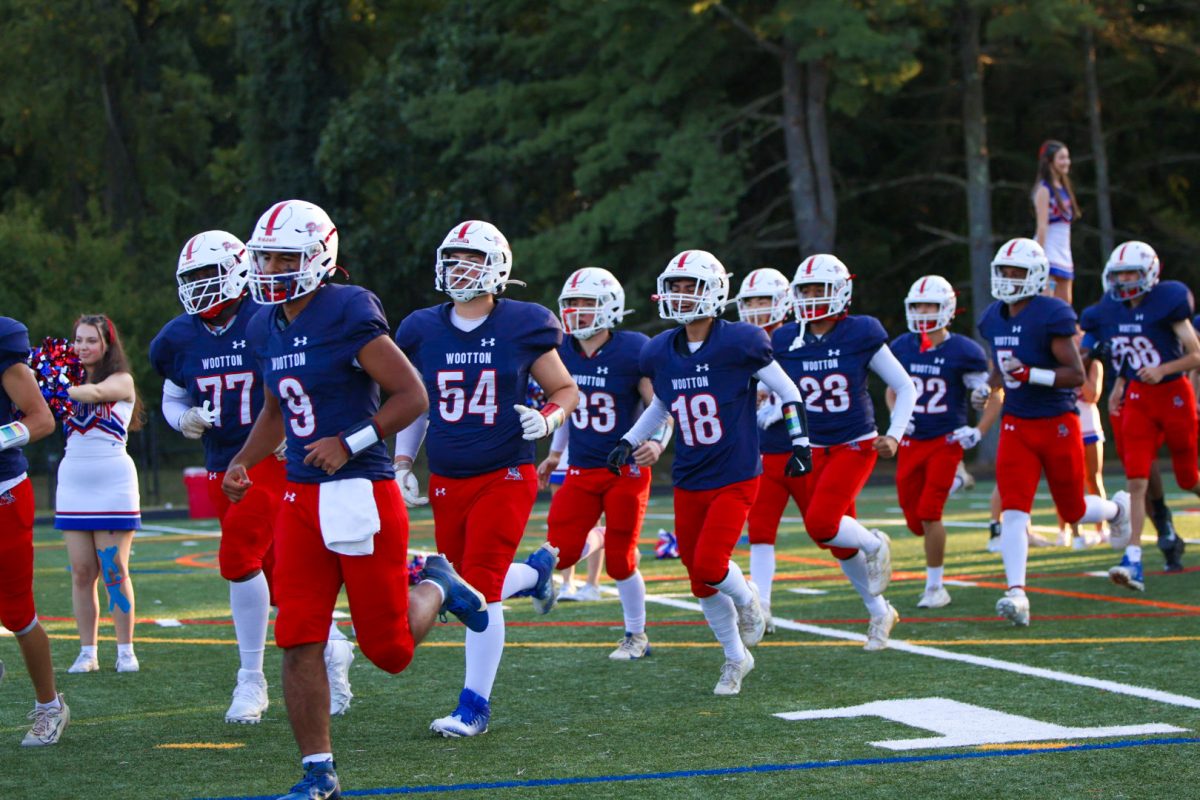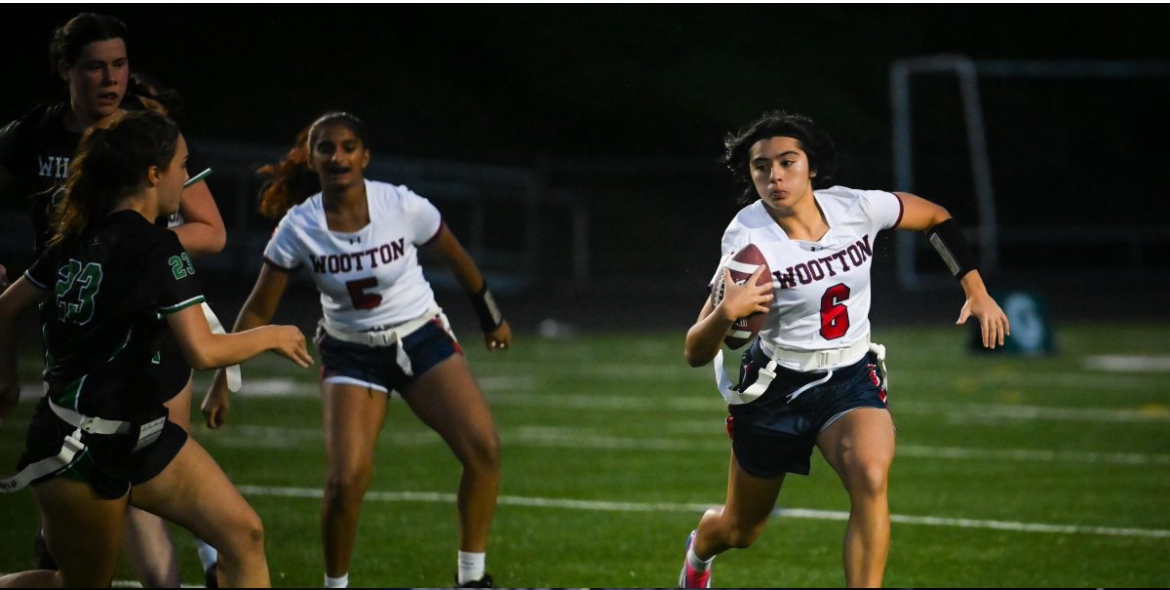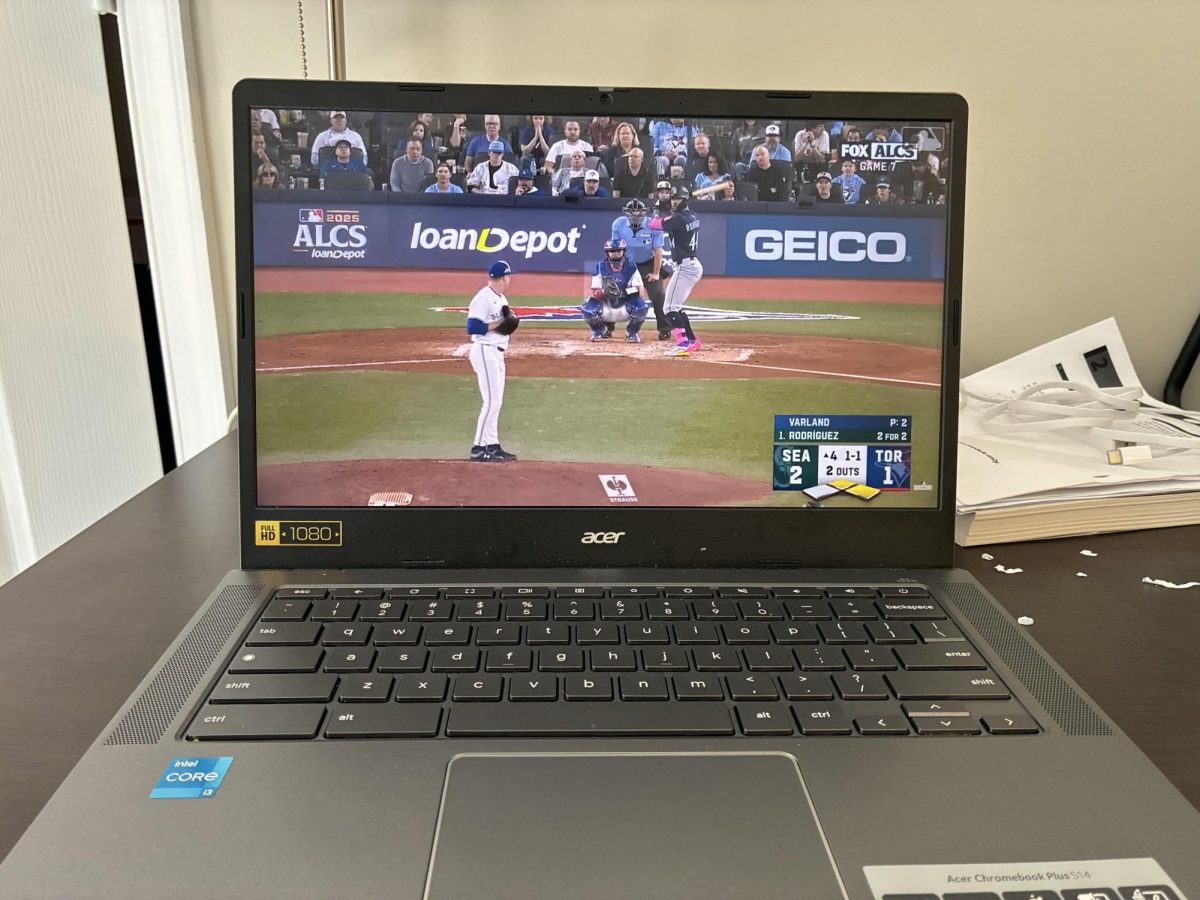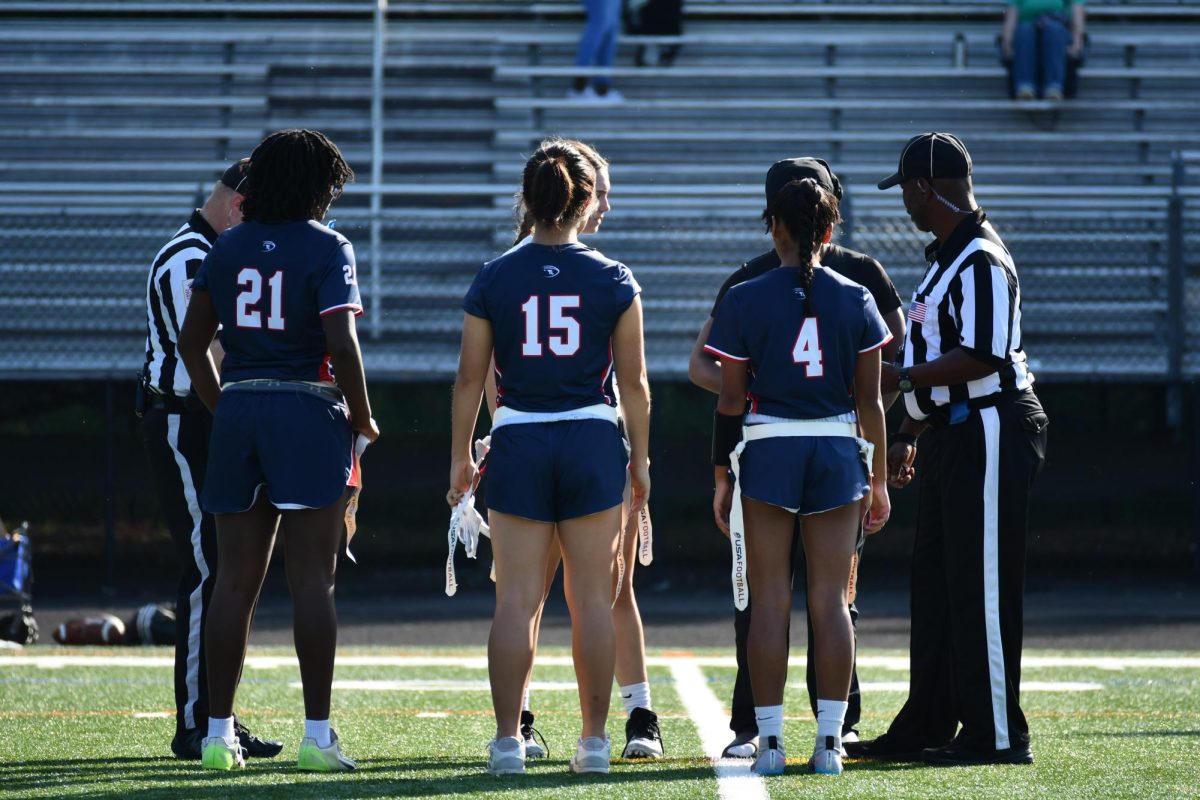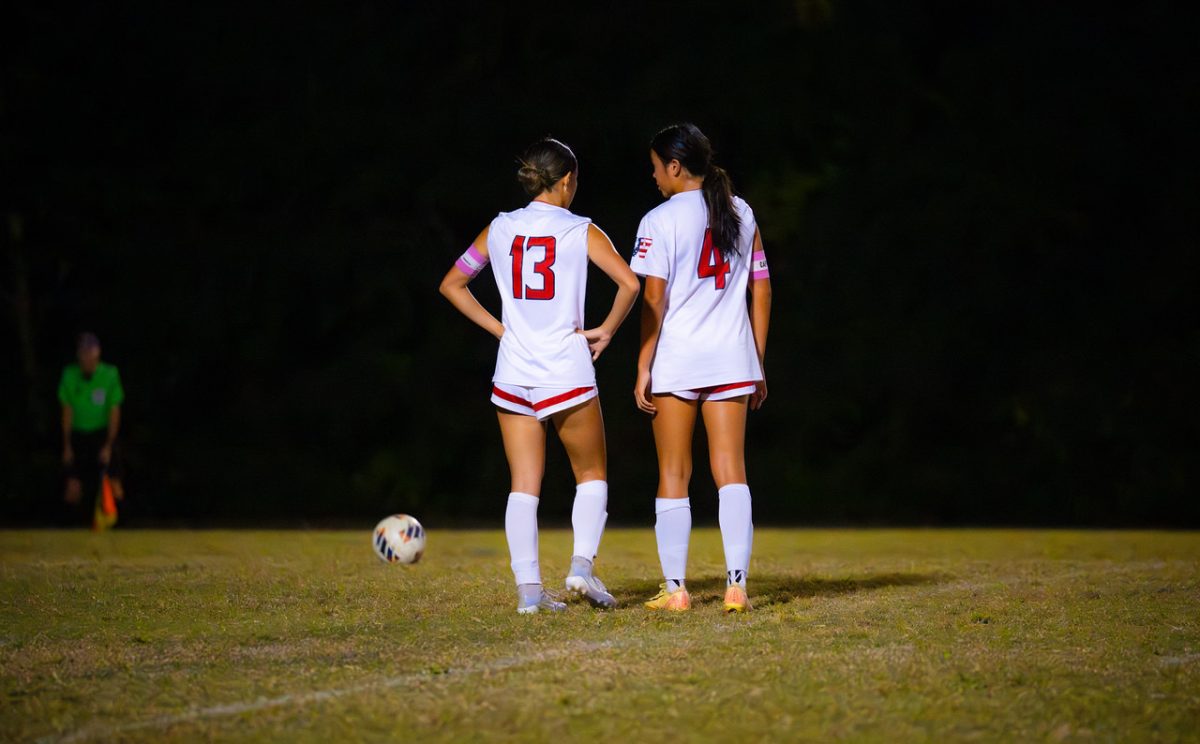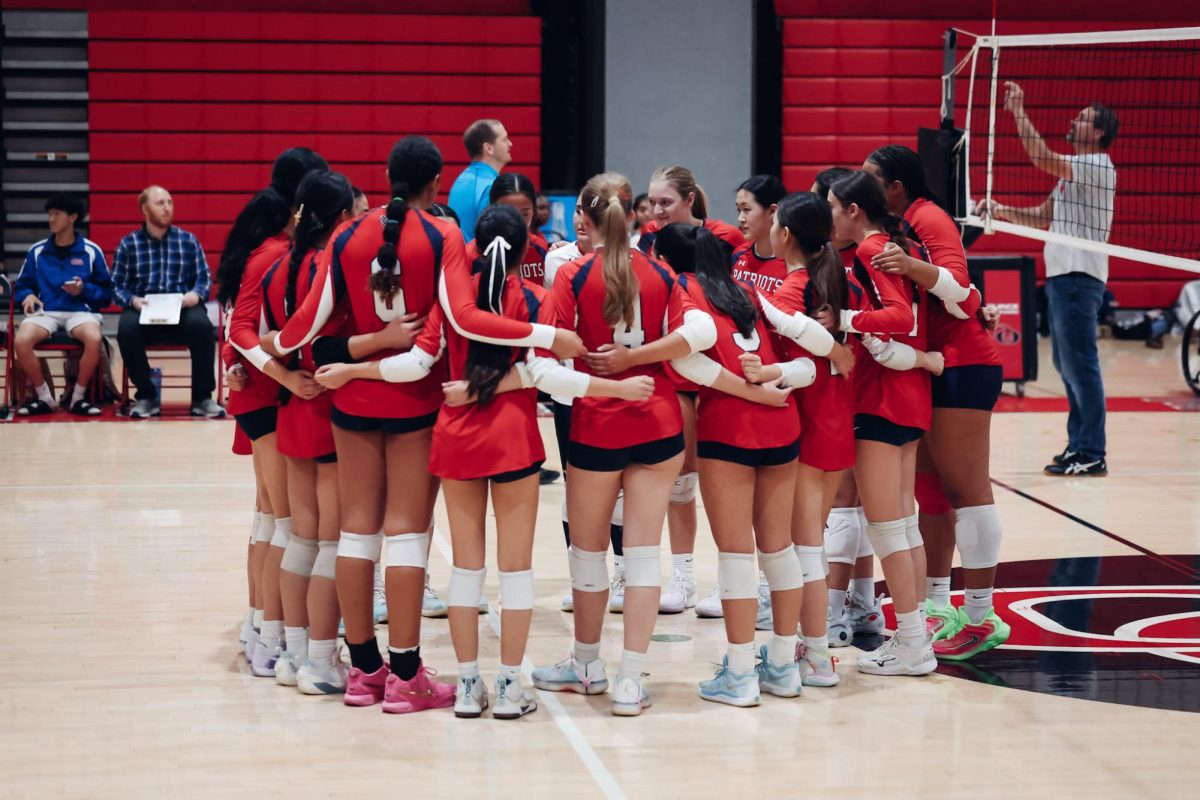The varsity wrestling team’s last match was against Oakdale High School, which they lost. They have a record of 2:9, with the Oakdale match being their season’s last match. The team did not qualify for the playoffs.
High school wrestling is a sport that demands discipline, physical strength, and mental toughness. For student athletes, the journey begins at one of two levels: junior varsity or varsity. Each tier serves a distinct purpose in shaping a wrestler’s career, offering unique challenges and opportunities for growth.
Understanding the key differences between JV and varsity wrestling can help athletes and their families make informed decisions about their progression in the sport. “Even though most players start at JV level they all want to end up at varsity level at some point in their high school career,” JV wrestler and sophomore Tyler Sangbe said.
JV wrestling is designed as a training ground for athletes new to the sport or still working on their skills. It provides a less intense competitive environment where wrestlers can focus on improving their techniques and gaining match experience.
Varsity wrestling represents the highest level of competition within a high school program. These athletes have typically demonstrated superior skill, conditioning, and dedication. “Jumping from JV to varsity wrestling takes some adjustment, especially if you get pulled up at the end of the season, because not only is the competition much more intense, but the weight groups increase which makes it not only mentally hard but physically too,” varsity wrestler and sophomore Mohammed Uddin said.
Varsity competitors participate in high-profile meets, including dual matches, invitationals, and state qualifiers. This level wrestling features the most skilled and experienced wrestlers on the team, requiring mastery of advanced techniques and strategies while involving difficult competition at local, regional, and state levels.
It also provides exposure to college recruitment and scholarship opportunities. Varsity level wrestlers often engage in extensive training, conditioning and weight gaining and loss. “I would say one of the most difficult parts of being a wrestler is trying to gain or lose weight, a lot of people end up on protein powders, bulking, or dieting if necessary just to fit into a weight category,” JV wrestler and freshman Damari Herring said.
Wrestlers often aspire to the collegiate level. “I definitely think a lot of people at our school who take wrestling seriously enough aspire to go to college for it, and they probably train so hard for it,” Uddin said
The jump from JV to varsity is a significant milestone that requires hard work and dedication. Both JV and varsity wrestling play essential roles in an athlete’s development. JV builds the foundational skills and confidence necessary for success, while varsity challenges wrestlers to perform at their peak. Together, they create a structured pathway for athletes to grow and excel in the sport.
Whether starting in JV or stepping onto the varsity mat, every match and training session contributes to the wrestler’s journey toward excellence.


